Kabira Mobility KM 3000 and KM 4000 Prototypes – First Ride
Kabira Mobility (KM) has recently launched its first-ever high-speed electric motorcycles, dubbed the KM 3000 and KM 4000. A day before the launch, the kind folks at KM invited us to Goa to have a go at some pre-production prototypes of both these motorcycles.
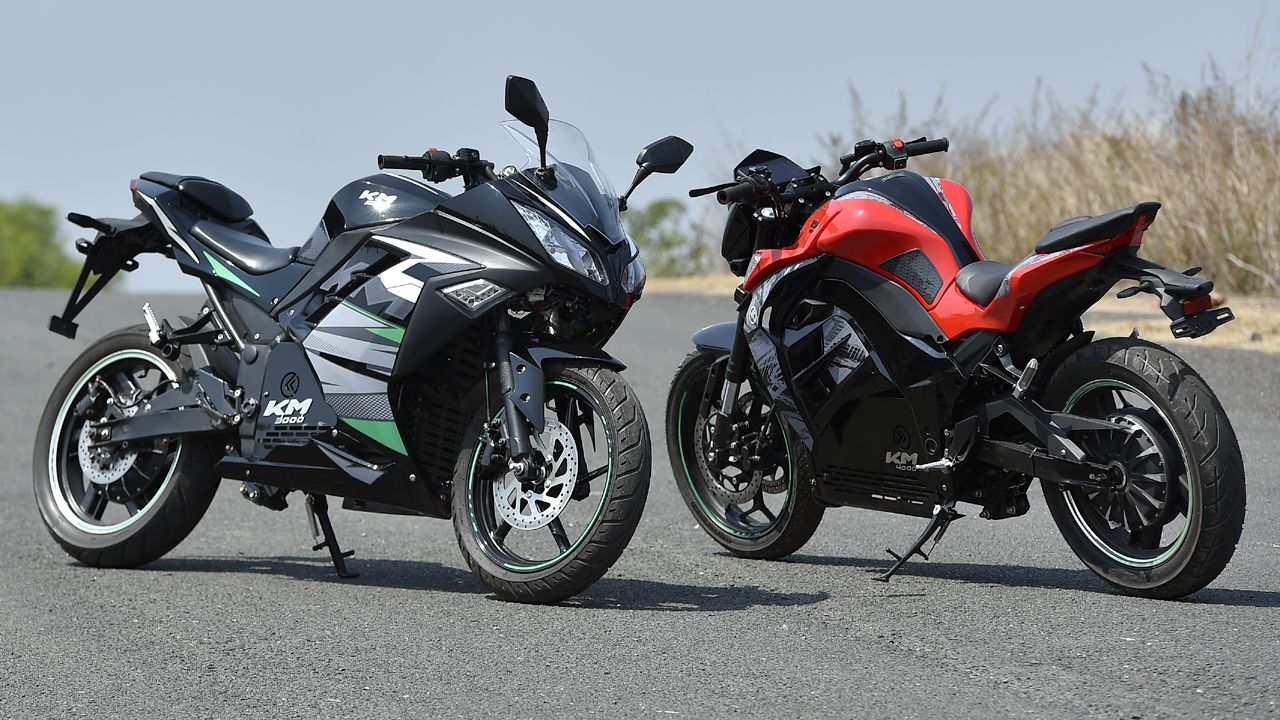
A sunny day in Goa and prototypes of two new electric motorcycles to test! Here are my findings from riding Kabira Mobility’s high-speed electric bikes – the KM 3000 and KM 4000.
It seems like making electric vehicles in India has perhaps become one of the easiest things to do these days. Don’t get me wrong though. I’m well aware of just how tricky it is to make a solid EV that can hold a candle to or perhaps even outshine a conventional fuel-powered vehicle. But, of late, my inbox has been cluttered with e-mails from an array of new Indian EV start-ups that seem to be sprouting up almost every day and who’d like us to check out their latest creations – hence the opening line.
One such e-mail came from a Goa-based EV start-up called Kabira Mobility (KM) and as soon as I read it, I’d a feeling that these guys were really onto something. To give the readers a brief background, Kabira Mobility came to life in 2017 with a handful of engineers at the helm. With the intent of making electric two-wheelers using in-house developed components & technology, KM took its sweet time to launch its first set of products – a range of low-speed electric scooters – at the 2020 Auto Expo. And this month, the brand has launched its first-ever high-speed electric motorcycles, dubbed the KM 3000 and KM 4000.
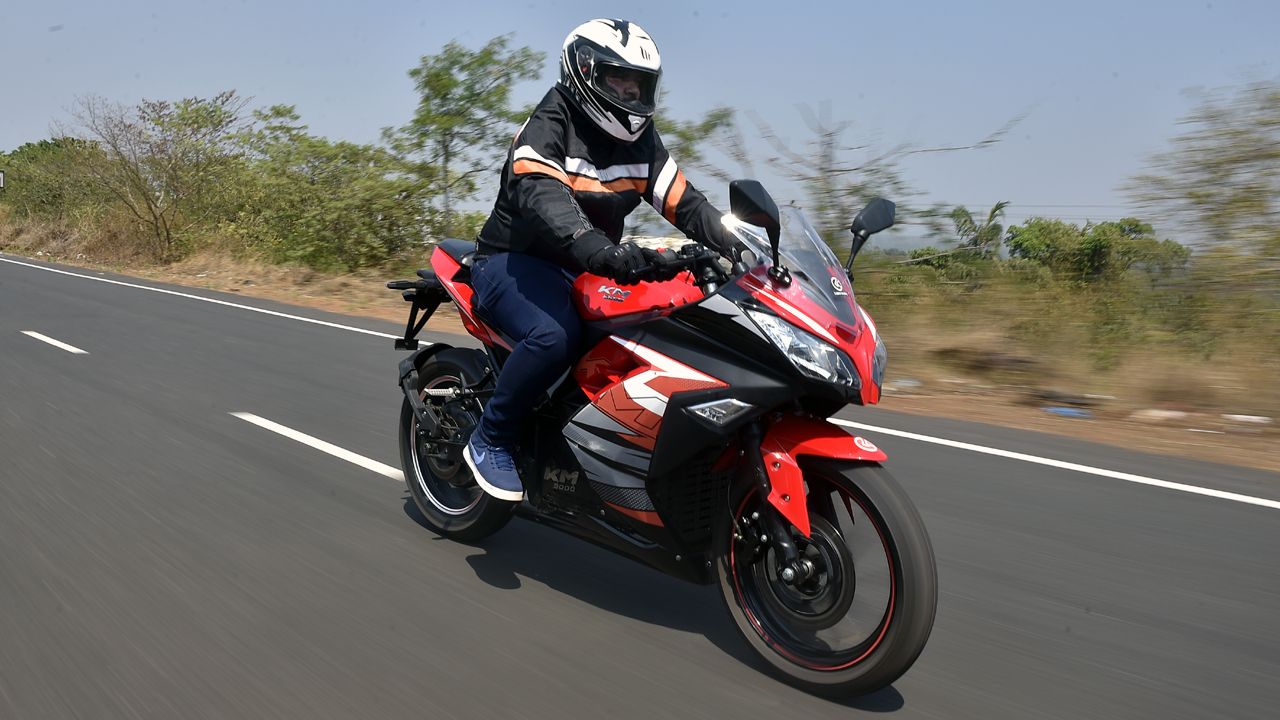
Just a day before the launch though, the kind folks at KM invited us to Goa to have a go at some pre-production prototypes of both these motorcycles, and this is how it all went…
At First Sight
The KM 3000 and KM 4000 have been developed for new-age, young bike riders who are certainly conscious about their carbon footprint. And this fact is strongly reiterated by the bikes’ design. While the KM 3000’s design follows the cues of a sports bike, the more powerful KM 4000, on the other hand, has been built as a naked streetfighter. Though the design seems to be somewhat borrowed, KM has done an appreciable job to ensure both bikes turn heads wherever they go. In my opinion, the fully-faired KM 3000 looks quite tantalizing due to its typical sports bike stance, while the KM 4000, despite the street naked look, still offers a very wide and commanding body design, which makes it look quite butch. It’s safe to say that KM’s design ideology will strike a chord with the young Indian crowd.

The Sound of...Silence
Most people often complain about the lack of an engine sound, or the eerie silence, while using an EV. For me though, it’s an opportunity – to enjoy the thrill of speed in the purest, most unadulterated manner. As mentioned before, both these are bikes are built to be high-speed products and the prototypes sure gave me a good taste of this. Unfortunately, though, the speedometers were not calibrated at the time I tested them, so I wasn’t able to verify the top speed claim – 100km/h for the KM 3000 and 120km/h for the KM 4000. But based on my judgement, I’m quite certain both prototypes were not too far from their respective marks. As for the acceleration, it’s wasn’t that great but given the fact that there’s a three-speed gearbox that changes cogs at the touch of a button, you can still gather speed pretty quickly by shuffling through the gears.
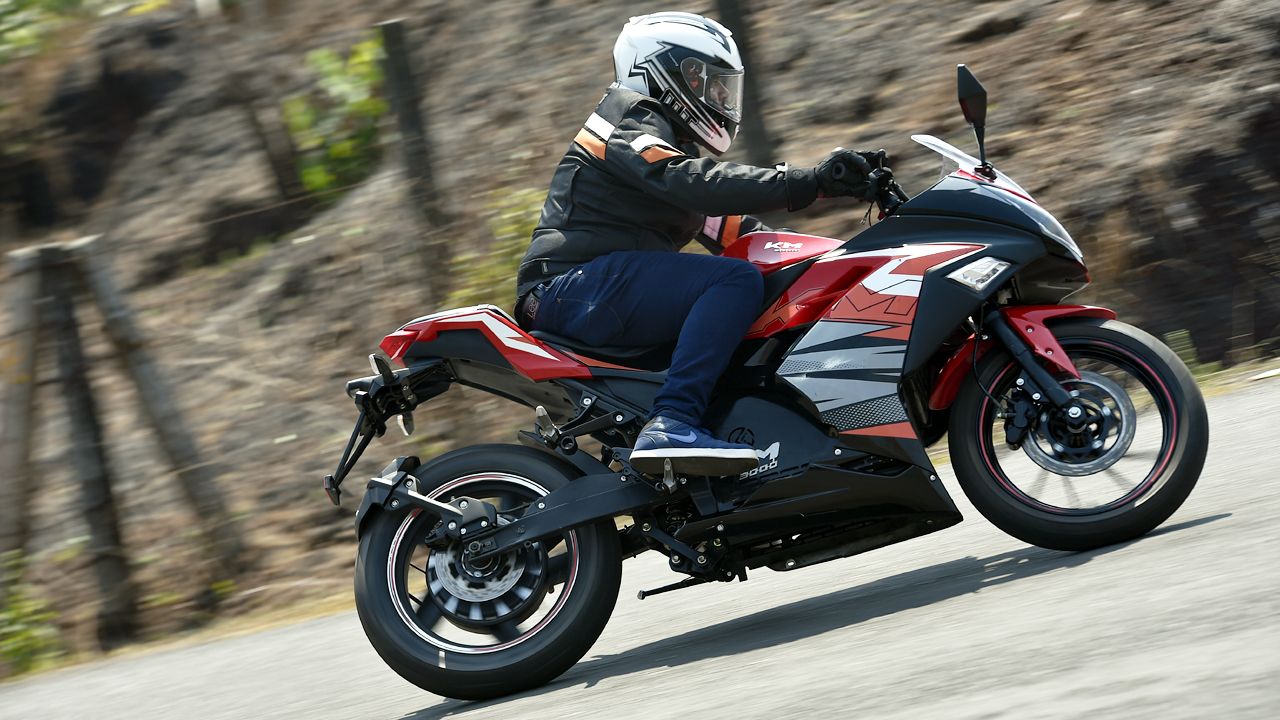
The Good Stuff
At the time of testing, there wasn’t much of it, to be honest. That’s because the prototypes are still in a nascent stage of development and need a lot of work before they are ready for customer deliveries. So, it’s hard to comment right now on what the final product will be like until I ride it. However, there were a few positives that I took away from testing the prototypes – the bikes have been styled quite well, the performance is commendable and the handling, especially on winding roads, is also fairly impressive. On these fronts, both bikes only need a handful of tweaks.

Scope For Improvement
For me, the biggest Achilles heel of the prototypes was the overall build quality. The paint & plastic quality of the body panels was mediocre at best and after going over stretches of rumble strips repeatedly, it became clear the KM has its work cut out in damping out an array of rattles and other vibrations, especially with respect to the battery bay. On the mechanical front, braking & suspension are the key areas that require serious attention.
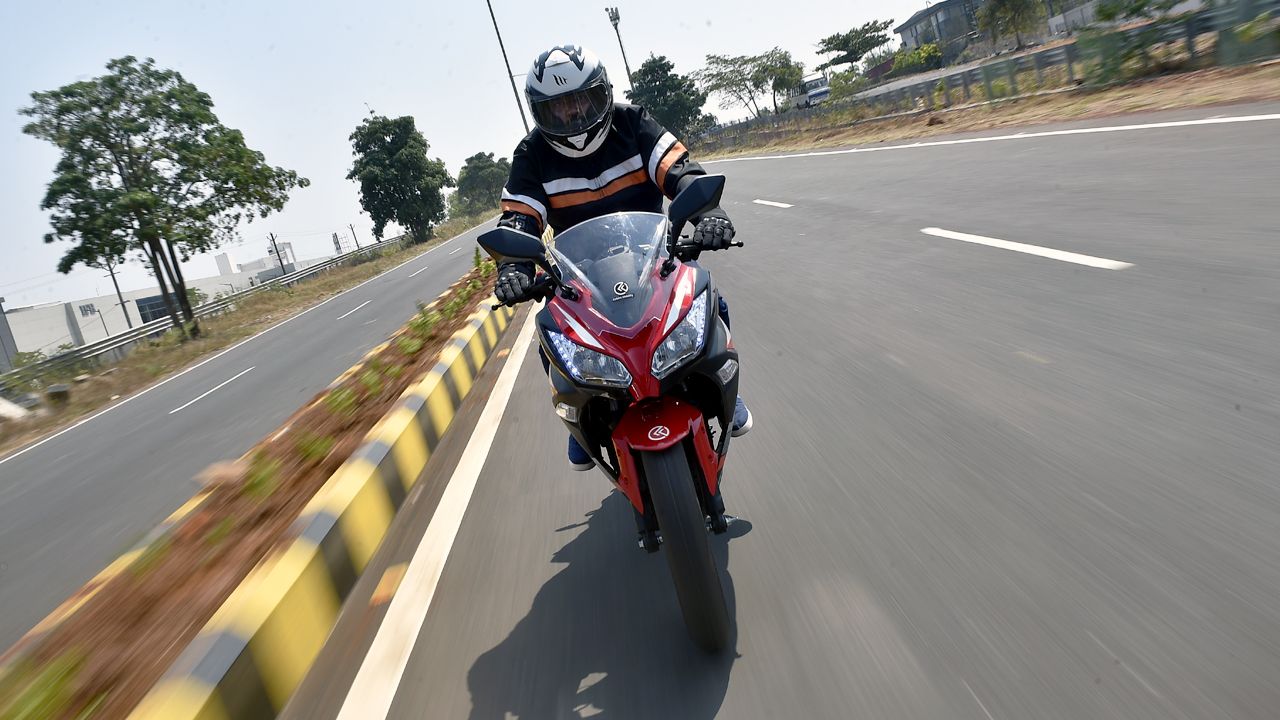
Tough Call
In my opinion, there’s a lot that KM needs to rectify and improve before the bikes are ready for customer deliveries that are slated to begin sometime in May 2021. Also, the KM 3000 & 4000 have been priced at ₹1.27 lakh and ₹1.37 lakh (Ex-showroom, Goa), respectively, so they are not exactly cheap. Therefore, KM needs to make sure that the bikes offer the refinement, quality, riding range, features and a robust after-sales experience that justifies the cost. It’s a tall order, but certainly not impossible.
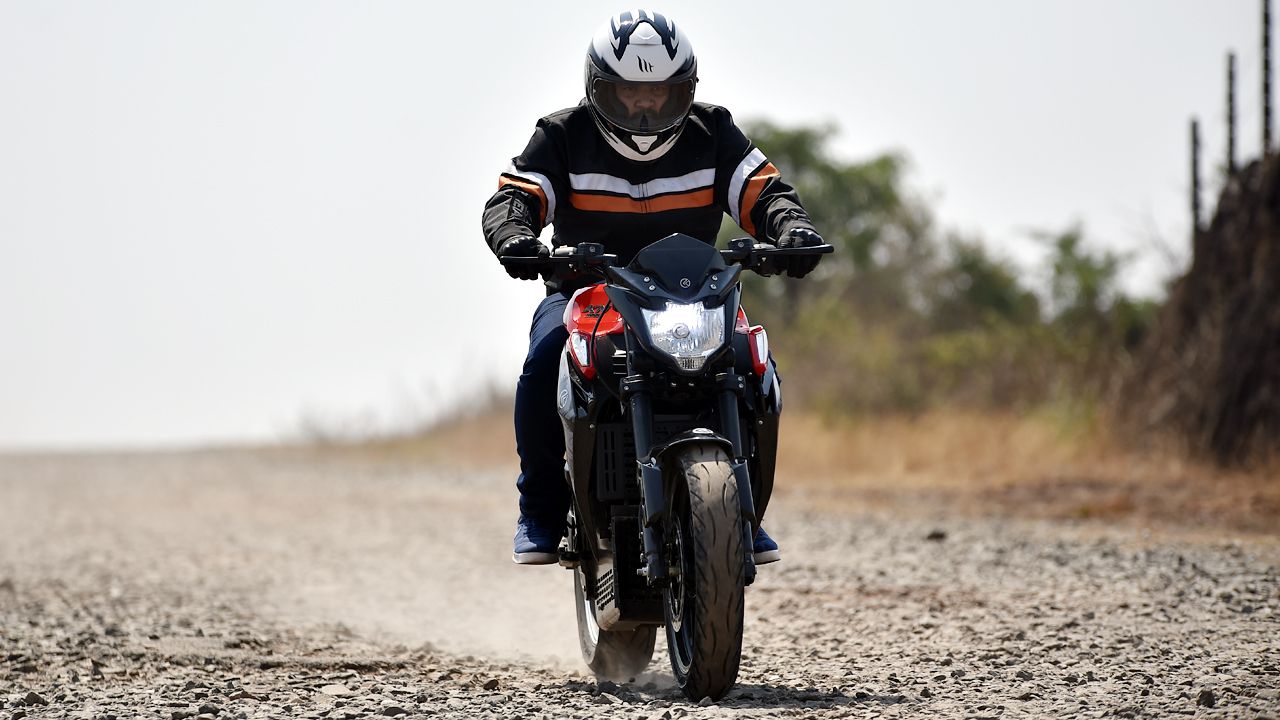
Read more:
Motor: Brushless DC Hub (BLDC)
Battery: 4kWh Li-ion (LFP)
Peak Power: 6kW / 8bhp
Acceleration (0-40km/h) / Top Speed: 3.3s / 100km/h
Charging Time: 0-100% – 6Hrs 30Mins (Eco); 0-80% – 50Mins (Boost)
Price: ₹1.27 Lakh (Ex-Showroom, Goa)
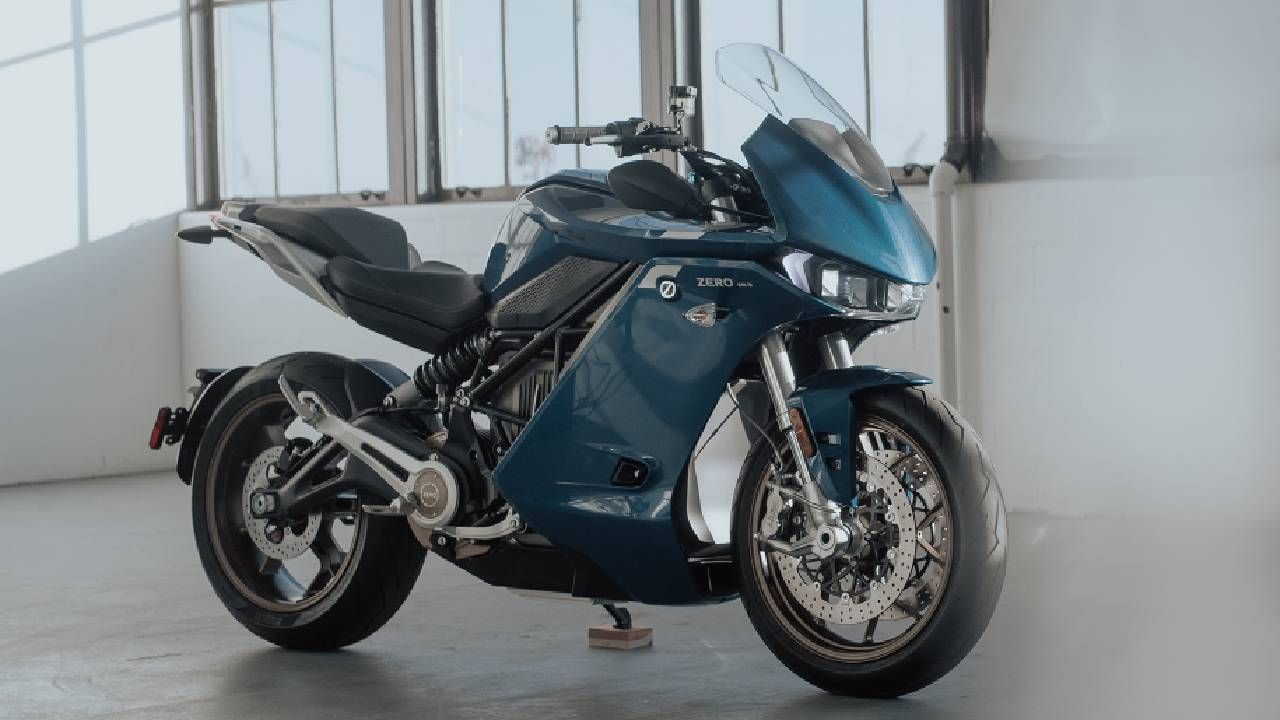
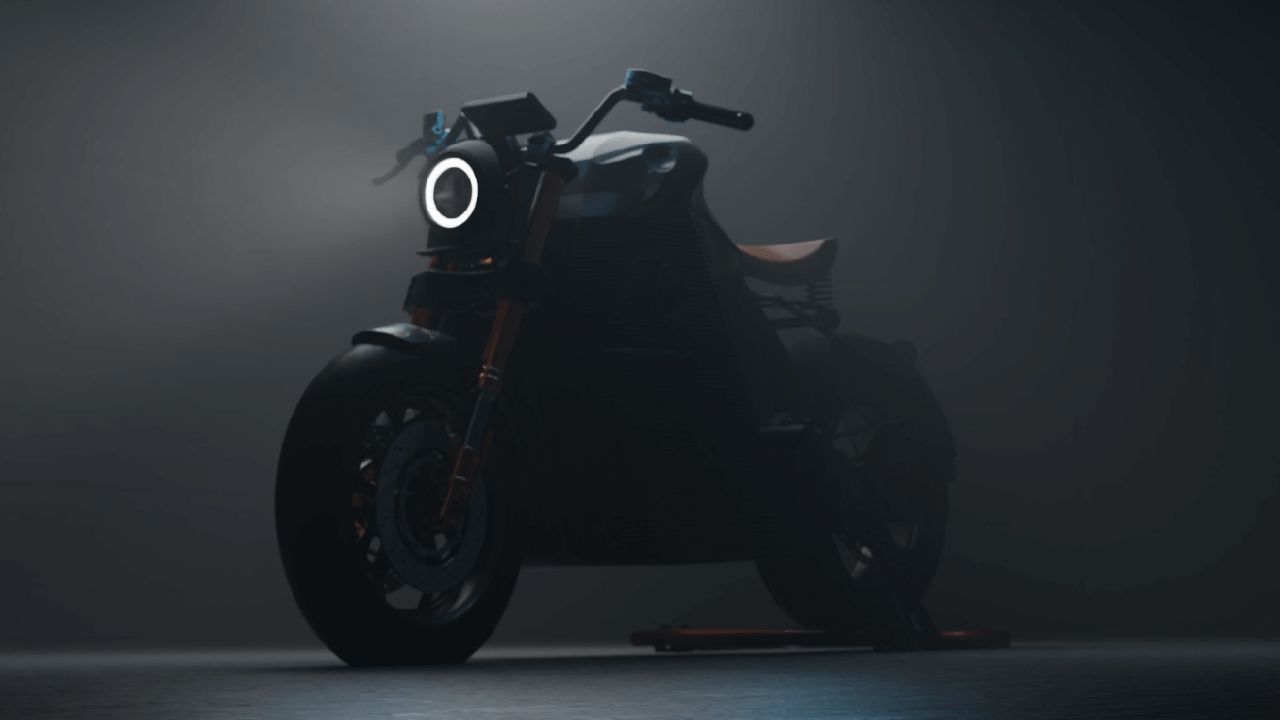
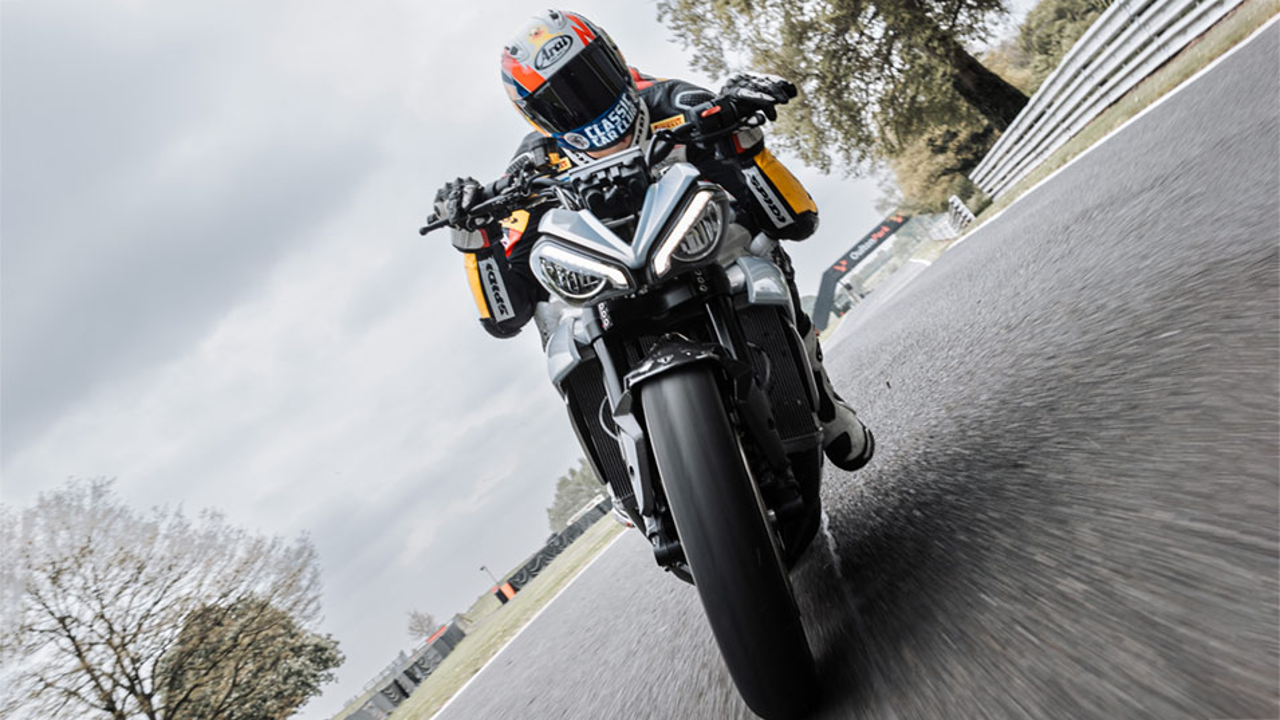
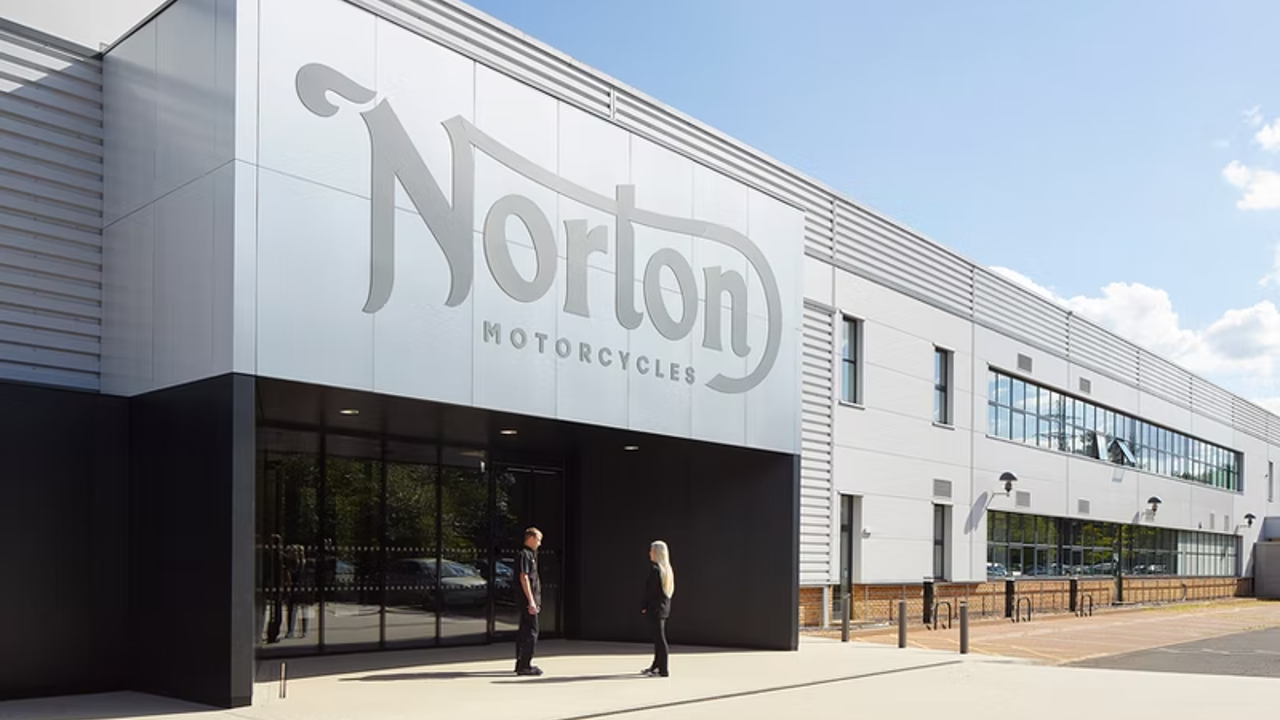

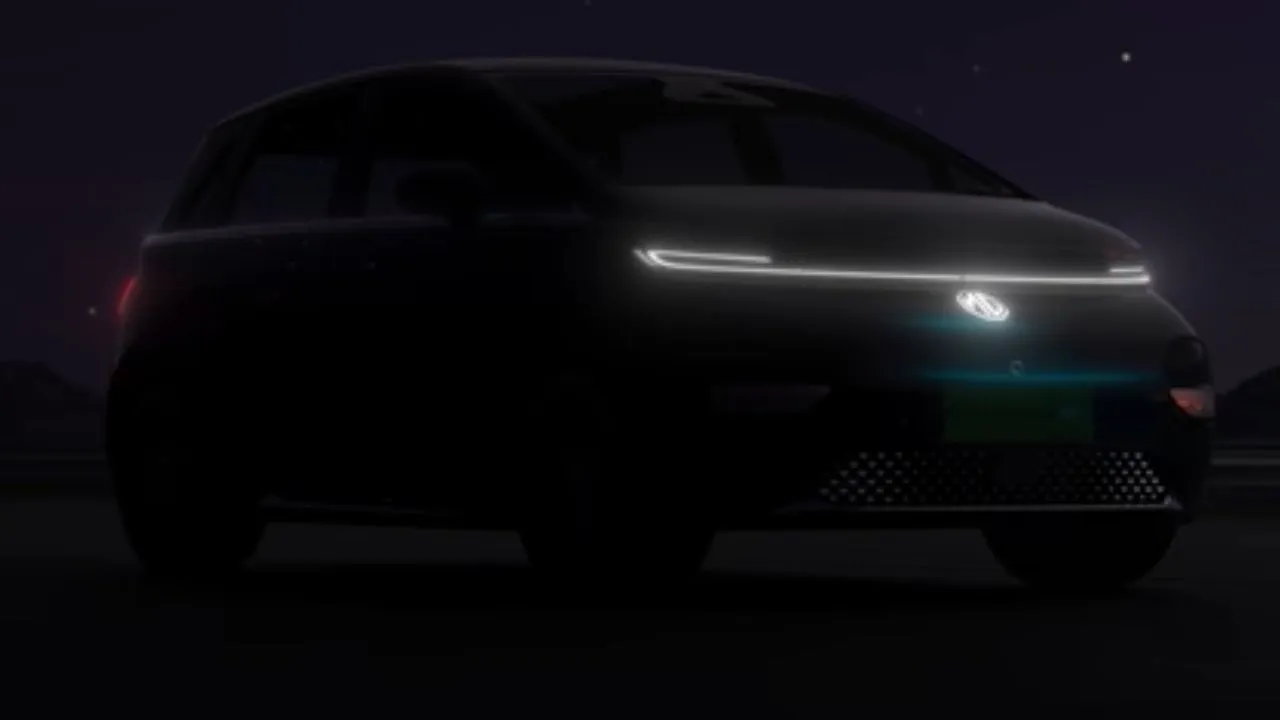


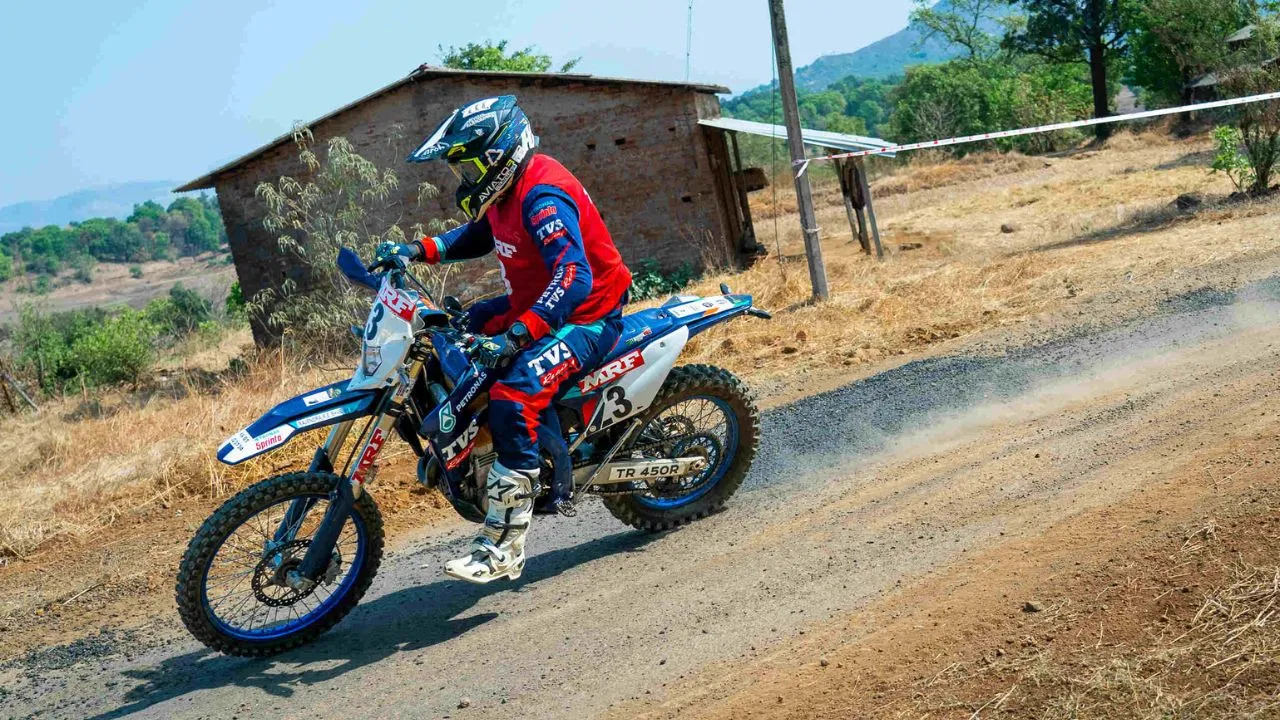

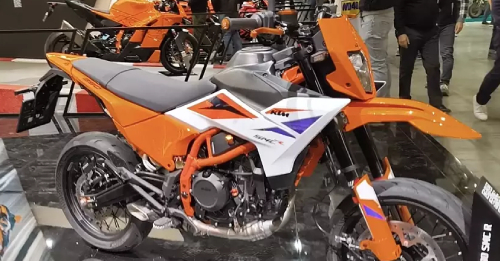


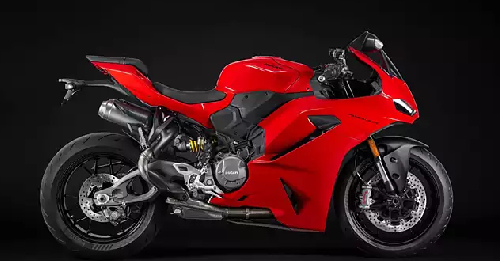









Write your Comment on